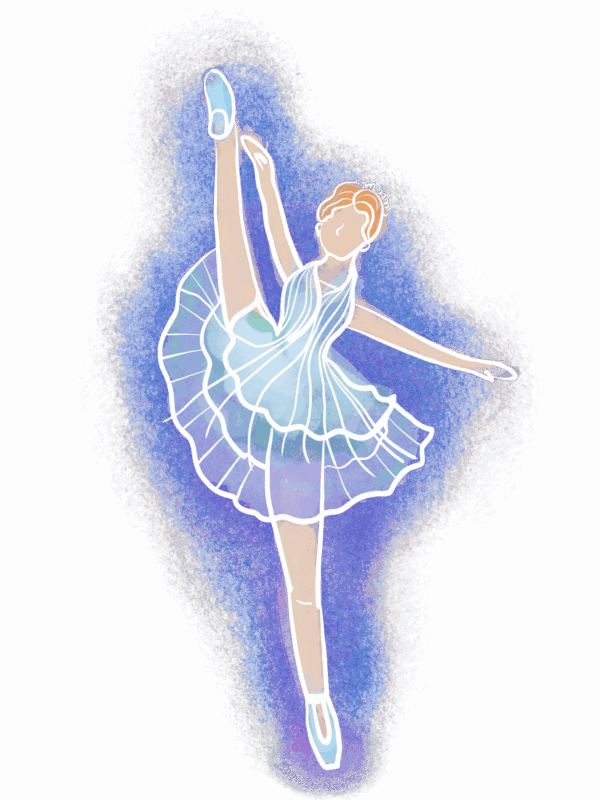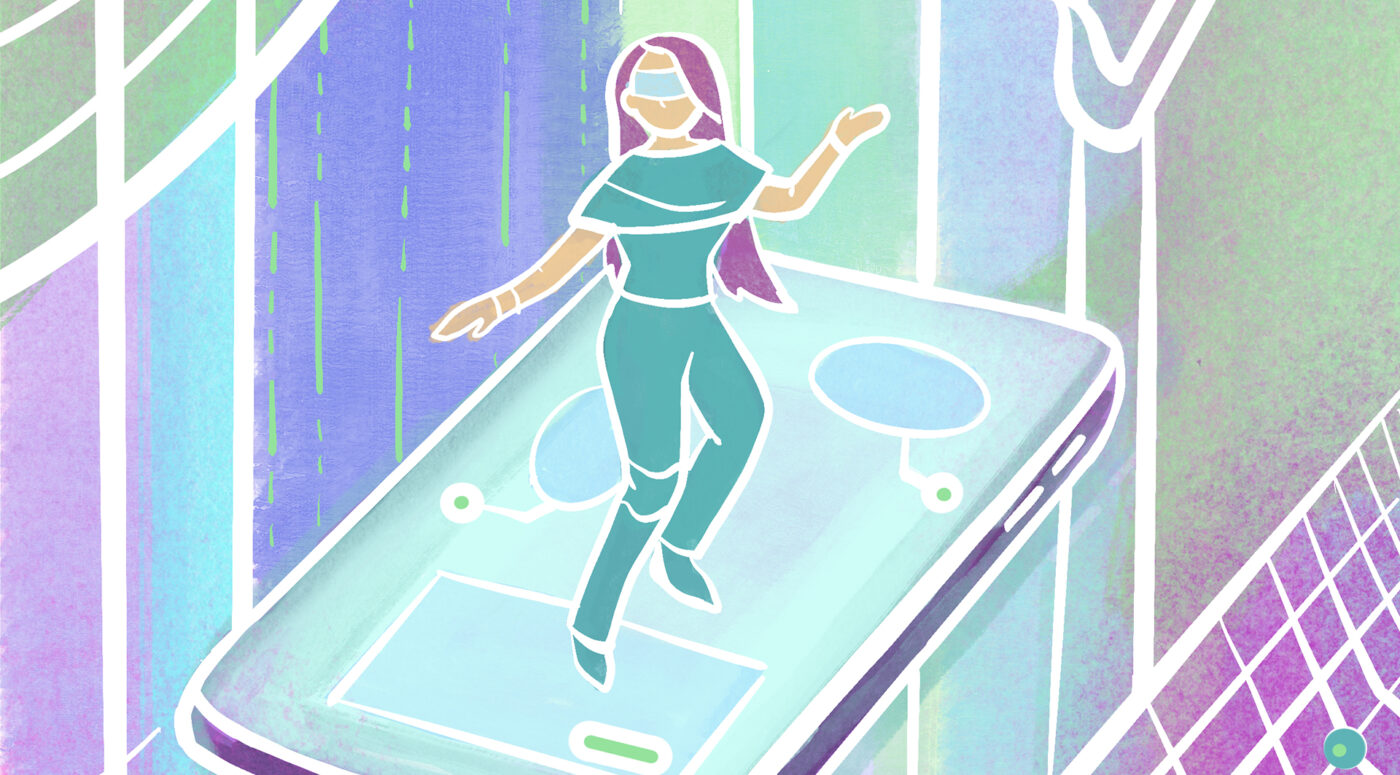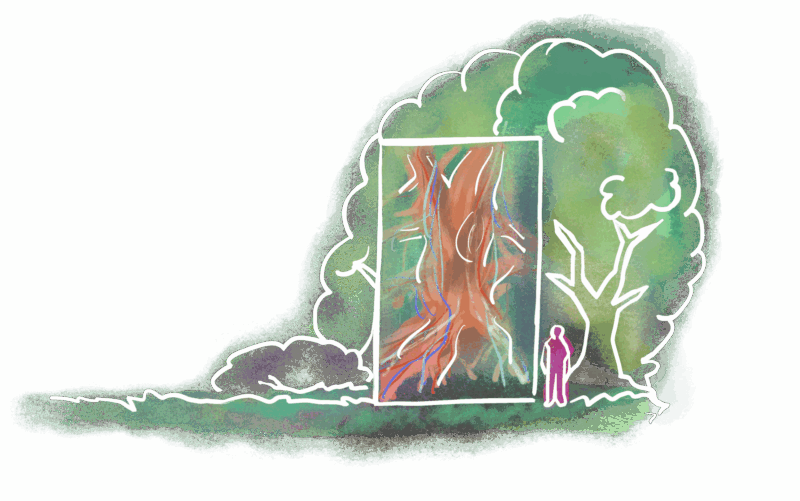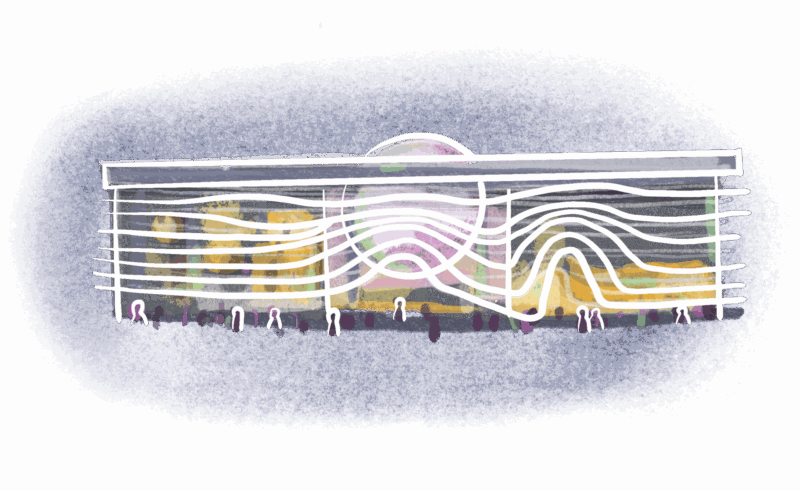What a time to travel. From booking flights to breezing through immigration, technology has transformed every step of the journey. AI now crafts personalized itineraries, biometric gates speed up airport checks, and smart luggage or contactless hotel check-ins make the process seamless. Even language barriers are fading thanks to instant translation apps. Beyond logistics, attractions worldwide are embracing AR and immersive tech to elevate the experience. Travel today is not just easier—it’s smarter.
Before You Go
By engaging with AI tools wisely you can eliminate much of the hassle of travel planning. Using prompts or questions, you can quickly draft potential itineraries tailored to your interests and save time spent researching. Most AI chatbot services offer a free trial, so if you alternate between using different ones, you can make use of these eager holiday assistants without having to spend any money.

Available via its app or website, ChatGPT is one of the most popular AI chatbot platforms, but others worth tinkering with include Claude and Perplexity. Think of them as friends that are on hand to offer you their own different sets of tips and expertise. Claude tends to give more complex and detailed recommendations, while Perplexity offers citation-backed answers. Whichever you use, these tools can be a springboard to your travel ideas, as they can help you brainstorm and structure plans. The main catch, however, is that AI can only source information from the internet. If you’re looking to check out a local roadside stall that makes the best Kanom Krok – a traditional Thai dessert with a sweet and salty taste – but it has no online presence, chances are you’re going to have to do your homework the old fashioned way: through word of mouth or by combing the real world. And make sure to double check crucial information, too, as AI does make mistakes occasionally.
Dancing Goes Digital
When live performances get a boost from high-tech wizardry, you get the best of both worlds without losing the human touch. In Melbourne, ballet looks more dazzling than ever thanks to the ongoing world tour of Sleeping Beauty by We call it Ballet. Ballerinas light up the stage with their glittering routines and glow-in-the-dark costumes that change color according to mood and tone, making this brilliant show a unique fusion of classical ballet and modern technology.

Dancing queens that want to hit the floor themselves can still catch ABBA Voyage at London’s Queen Elizabeth Olympic Park until January 2026. At this retro-futuristic concert, digital “ABBAtars” of Agnetha, Björn, Benny, and Frida sing the Swedish pop group’s classics and new songs alongside a live band. Avatar shows are a future trend, it seems – rock group KISS will reunite in digital form for concerts in 2027.
Immerse Yourself
Visitors to art galleries, museums, and exhibitions are increasingly no longer passive observers. Thanks to technologies such as virtual reality (VR), augmented reality (AR), projection mapping, and motion tracking, it is often now possible to interact with the actual artwork or even walk through imagined historical settings. Multilingual guides and interest personalization are also making exhibitions more accessible and emotionally resonant for all.
At the forefront of these mind-bending developments is Singapore’s ArtScience Museum, which recently unveiled a revamp of its popular “Future World” exhibition, complete with new digital installations made in collaboration with celebrated Japan-based art collective teamLab. The immersive and interactive artworks that make up this permanent exhibition, such as a digital aquarium teeming with sea creatures, respond to visitors in real time.













